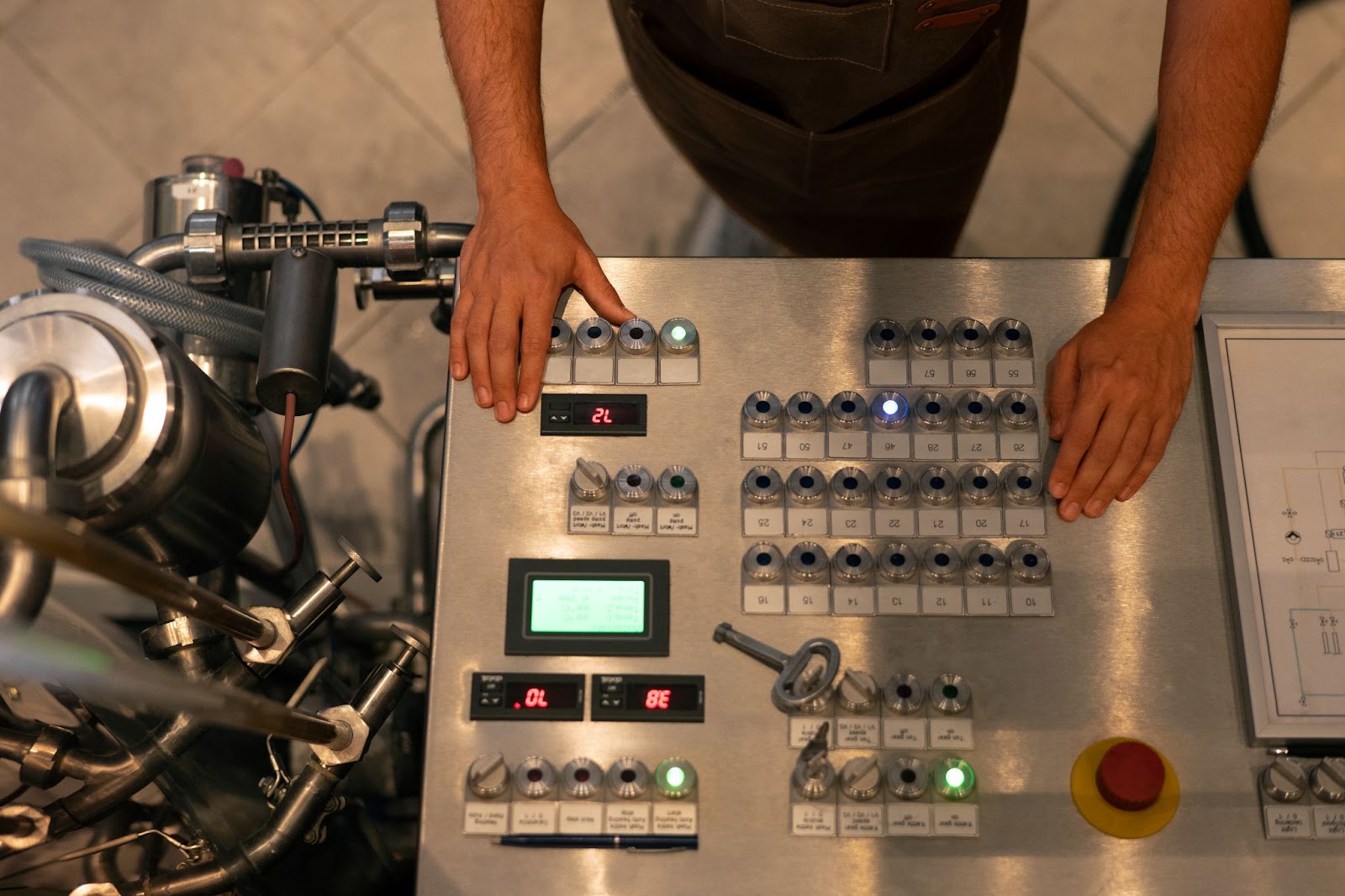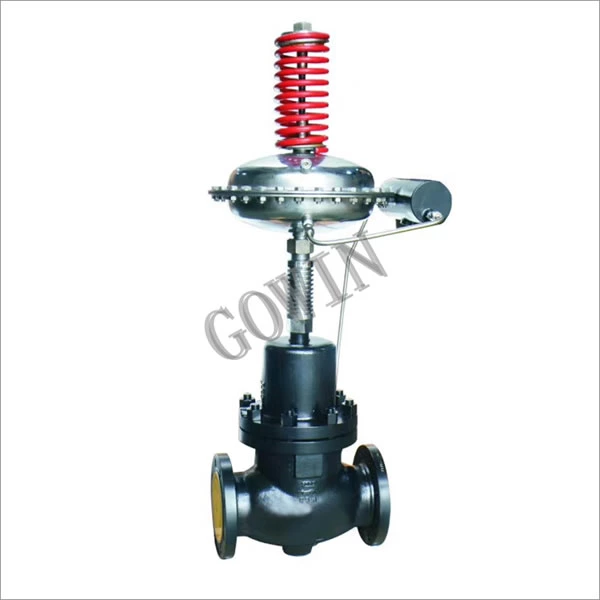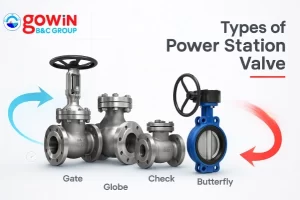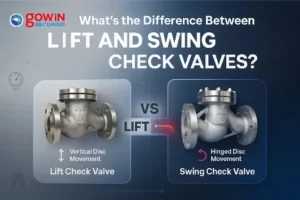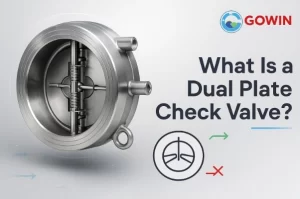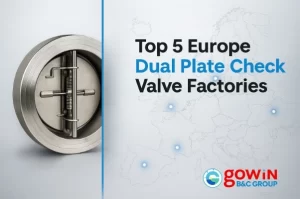Table of Contents
ToggleChoosing between an on-off valve and an electric modulating control valve isn’t just about how the valve moves—it’s about how your system runs. One switches flow completely on or off. The other adjusts flow in real time to hit specific targets.
For automated systems where precision matters—like keeping pressure steady or flow rates exact—modulating valves often do a better job. But they also come with more complex actuators and higher upfront costs.
Let’s break down where each type fits best, how their actuators differ, and why modulating valves can offer more value long-term.
When to Choose Modulating vs On-Off Valves
An on-off valve is built for one job: fully open or fully closed. It’s ideal when you need a clear-cut response—like starting or stopping a pump, filling a tank, or isolating a section of pipe. If the system doesn’t need fine adjustments, on-off control is often enough.
You’ll see on-off valves used in:
- Fire suppression systems where instant shutoff is critical
- Irrigation setups that operate on fixed schedules
- Batch processing lines where timing is more important than flow accuracy
A modulating valve changes flow continuously in response to live system data. Use it when your process needs steady pressure, precise dosing, or smooth transitions—like in heating systems, chemical mixing, or filtration.
These are also called throttling valves because they control flow continuously, not just in two stages.
They’re used in:
- HVAC systems to balance flow based on room temperature
- Water treatment for chemical injection or pressure control
- Food and beverage production where flow must be stable to protect product quality
If your setup only needs basic start/stop control, an on-off valve works. But for anything requiring accuracy or stability, you need a modulating valve.
High-performance control valves engineered to international standards (ASME, API, JIS, BS, DIN). Available in sizes from 3/4″ to 72″ with pressure ratings up to 42.0 MPa. Suitable for water, oil, and gas applications with temperature range from -196℃ to 650℃.
Explore ProductActuator Differences for On-Off vs Modulating Applications
The actuator is what makes the valve move—but how it moves depends on the job.
For an on-off valve, the actuator only needs two positions: open and closed. These actuators are simpler, faster, and easier to set up.
A modulating valve requires a more advanced actuator that can stop anywhere between fully open and fully closed. It also needs precise input and feedback to function correctly.
Here’s how they compare:
On-Off Actuators
- Simple open/close function
- No feedback loop needed
- Fast response time
- Lower cost and easy to wire
Modulating Actuators
- Adjust flow in small increments
- Work with signals like 4–20 mA or digital bus protocols (Modbus, Profibus)
- Often include internal positioners to fine-tune valve movement
- Sends current valve position data back to the controller for better tracking.
These technical differences explain why modulating valves are more complex—and why they’re better for applications that need control, not just movement.
Cost and Value Comparison
At first glance, a modulating valve system costs more. The actuator is more advanced. You’ll need a compatible controller, and setup may take longer. That’s why many teams go with an on-off valve when the process doesn’t demand fine control.
But modulating systems pay off over time—especially in automated processes that run 24/7. They adjust flow smoothly, which reduces stress on piping and lowers wear on equipment. They also improve energy efficiency by only using what’s needed—no overcorrection, no spikes.
Here’s the tradeoff in simple terms:
On-Off Valve Systems
- Lower upfront cost
- Less setup time
- Best for simple open/close jobs
- Less precise flow control
Modulating Valve Systems
- Higher initial cost
- Better control accuracy
- Lower long-term maintenance
- Helps improve product quality and process efficiency
- Reduces energy waste by avoiding unnecessary full-power operation
Example: In a chilled water setup, a modulating valve adjusts flow to match temperature needs, keeping conditions steady. This avoids unnecessary cycling of pumps and compressors, extending their life and cutting energy bills. Over a few years, the energy savings alone can cover the cost difference.
If your process needs precision, the electric modulating control valve is worth the investment.
Electric Modulating Control Valve: Wrapping It Up
Choosing between an on-off valve and an electric modulating control valve comes down to how much control your system needs. If your process just needs “start and stop”, on-off is simple and cost-effective.
But if you’re managing flow, pressure, or temperature with precision, a modulating setup gives you better results—and better efficiency.
Not sure which valve fits your system? Get in touch with us and we’ll help you choose the right electric control valve for your application.
Resources
- What are Modulating Valves? – Crane Engineering
- What is a Throttling Valve? – Valves Online
- Industrial Valve Actuators Explained – Emerson
- Modbus Application Protocol Specification – The Modbus Organization

